By Christopher Miskimon
The Chinese were coming, and the French Foreign Legion WAS preparing to meet them. In January 1885, 390 Legionnaires, backed by a handful of sailors, locally recruited troops, and eight sappers, busily fortified the old Chinese fort at Tuyen Quang. Taken from the Chinese seven months earlier, the fort was situated on the Lo River and commanded the communications routes between the Tonkin Delta and the Yunnan region. Now a Chinese army was marching to retake the vital place. It was a square bastion 300 yards long on each side and had 10-foot walls. A blockhouse was constructed to furnish cover from some overlooking hills to the west.
The Chinese made their first major attack on January 26. General Liu Yongfu massed 3,200 troops for an all-out assault. The attack failed but it was professionally conducted, leading some of the Legionnaires to wonder if British or German soldiers were advising the Chinese. Whether this was true or simply the Eurocentric prejudice of the era, Liu Yongfu wasted no time gathering supplies and additional troops, soon swelling his numbers to more than 10,000 men. His troops began to dig trenches toward the French-held fortifications. The men trapped inside the fort could hear Chinese sappers digging tunnels for mines.
The trenches and tunnels soon grew near the walls, causing the French to abandon the blockhouse. Engineer Jules Bobillot led countermining efforts and soon most of the fighting was underground. On February 11 a Legionnaire named Maury was digging with his pickaxe when the wall gave way, exposing a Chinese soldier armed with a revolver. Some of the Chinese charged out of the tunnel, but the French managed to seal the opening. When the Chinese detonated their mine, it failed to explode properly. But within two days a pair of mines destroyed a large portion of the wall. The Legionnaires drove back the attack through the breach that caused a dozen casualties in the garrison. A French corporal led four men to recover the body of a comrade who fell outside the walls.
 The Chinese made a major assault again 10 days later. They exploded another mine and stormed through the breach. The Leggionnaires repulsed the attackers at bayonet point. Over the next few weeks, more mine explosions and attacks still failed to dislodge or overwhelm the Legionnaires. By the end of February there were only 180 Legionnaires left to defend the walls, yet still the Europeans held. On March 2 a rescue column approached after a march of 180 miles, firing shots to announce its arrival. A Chinese attempt to stop them at nearby Hoa Moc failed, ending the siege and further cementing the reputation of the French Foreign Legion. A pair of blue Chinese battle flags taken during the battle remain treasured trophies of the dogged victory.
The Chinese made a major assault again 10 days later. They exploded another mine and stormed through the breach. The Leggionnaires repulsed the attackers at bayonet point. Over the next few weeks, more mine explosions and attacks still failed to dislodge or overwhelm the Legionnaires. By the end of February there were only 180 Legionnaires left to defend the walls, yet still the Europeans held. On March 2 a rescue column approached after a march of 180 miles, firing shots to announce its arrival. A Chinese attempt to stop them at nearby Hoa Moc failed, ending the siege and further cementing the reputation of the French Foreign Legion. A pair of blue Chinese battle flags taken during the battle remain treasured trophies of the dogged victory.
The history of the Foreign Legion is filled with an air of mystery, adventure, and peril. It is also a story of hardship, sacrifice, and determination against great odds. Although the Legion’s story is still being written today, it won its grim reputation during its first century of existence, proving to the world it was a force to be taken seriously. This history is recounted in At the Edge of the World: The Heroic Century of the French Foreign Legion (Jean-Vincent Blanchard, Bloomsbury Press, New York, 2017, 272 pp., maps, photographs, notes, bibliography, index, $30.00, hardcover).
The Legion was created as a force to fight France’s overseas conflicts without having to resort to the large scale use of indigenous French troops. Although it eventually began enlisting native Frenchmen, at first the majority of its troops were Germans, Poles, Italians, and Spaniards. These recruits were given the most dangerous assignments, fighting in the worst conditions and taking the greatest risks. Despite this, the Legion still had no problem attracting volunteers as France struggled to expand its overseas empire in a bid to rival Great Britain.
Blanchard concentrates on the three main campaigns of the Legion’s first century: Vietnam, Madagascar, and Morocco. All three are covered within the wider context of the French Colonial Era of the late 19th and early 20th centuries. The book is well written with extensive use of memoirs and archival material, including the stories of high-ranking officers, colonial governors, and common soldiers. The skillful blend of these sources makes it an enjoyable read. This is a worthy retelling of the French Foreign Legion at the height of its fame and renown, when the kepi-clad Legionnaire became a symbol of French power across the globe.
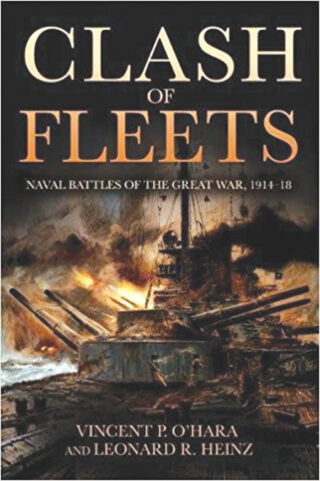 Clash of Fleets: Naval Battles of the Great War 1914-18 (Vincent P. O’Hara and Leonard R. Heinz, Naval Institute Press, Annapolis, MD, 2017, 384 pp., maps, photographs, notes, bibliography, index, $34.95, hardcover)
Clash of Fleets: Naval Battles of the Great War 1914-18 (Vincent P. O’Hara and Leonard R. Heinz, Naval Institute Press, Annapolis, MD, 2017, 384 pp., maps, photographs, notes, bibliography, index, $34.95, hardcover)
The Cocos Islands held little of importance to the Allied war effort beyond a radio and telegraph station, but it was enough to draw German attention. On November 9, 1914, the German light cruiser Emden, famous for its very successful career as a commerce raider and for the chivalry of her captain in the treatment of captured sailors, appeared on the horizon. The British radio crew got off a short SOS before their signal was jammed. Soon a German landing party came ashore to destroy the transmitter and cut the cables. Before they could finish the job and return to their ship, the Australian cruiser Sydney arrived. The Australian vessel had come to investigate the distress call. The Emden came out to meet her, but found her more heavily armed opponent stayed out of effective range. Instead, Sydney kept her distance and pounded the Emden with her powerful 6-inch guns. Soon the German raider was on fire, her guns wrecked, and her engines failing. Her captain beached her to help his crew survive. Emden’s career was glorious but also short, and most of her surviving crew went off to prison camps to await the war’s end, almost four years away.
World War I naval combat was far more than just Jutland and a few other engagements. The fighting at sea ranged across the world, through the Atlantic, Pacific, and Indian Oceans, along with almost every sea and even some rivers. This fresh work from an established naval historian reads almost like an encyclopedia of the subject, yet the clear writing weaves in an effective narrative of the battles, tactics, and technologies of the era. It is an engaging and well-written history of a naval war that was far larger than many realize.
 Da Nang Diary: A Forward Air Controller’s Gunsight View of Flying with SOG (Tom Yarborough, Casemate Publishers, Havertown, PA, 2017, 356 pp., maps, photographs, glossary, bibliography, index, $19.95, softcover)
Da Nang Diary: A Forward Air Controller’s Gunsight View of Flying with SOG (Tom Yarborough, Casemate Publishers, Havertown, PA, 2017, 356 pp., maps, photographs, glossary, bibliography, index, $19.95, softcover)
Captain Tom Yarborough was a young pilot flying his first combat mission on May 5, 1970. He was in the back seat of an OV-10 Bronco, a small propeller-driven plane used by forward air controllers to mark targets for the big fighter-bombers. Soon Tom was over the Laotian jungle, searching along the Ho Chi Minh Trail for targets. He was new to the job, and he could not see any through the thick canopy. The lead pilot, Lieutenant Homer Pressley, had a better eye and saw a pair of trucks camouflaged in a clump of trees. While Pressley checked his map, Yarborough spotted two more vehicles. Within minutes they were guiding a pair of bomb-laden F-4 Phantoms in. Homer marked the target with a rocket and soon afterward eight 500-pound bombs exploded around the marker rocket. Tom had been through extensive training, but this was the first time he had seen a live strike with real ordnance. Eight more bombs landed moments later. When the smoke finally cleared, all the trees in the area were flattened, but the trucks were still sitting there, apparently intact from altitude but Yarborough realized they had to be badly damaged.
The job of a forward air controller was dangerous. They flew low over the jungle in small, slow-moving aircraft that enemy soldiers desperately wanted to shoot down. Furthermore, Yarborough flew missions for the shadowy, secretive Studies and Observation Group. This memoir recounts his time as a forward air controller and places the reader beside him in the cockpit as he flies top-secret missions over South Vietnam and Laos. The book fills an interesting gap in the history of Special Operations in Vietnam.
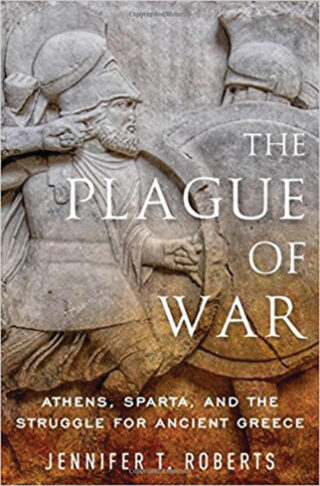 The Plague of War: Athens, Sparta and the Struggle for Ancient Greece (Jennifer T. Roberts, Oxford University Press, Oxford, UK, 2017, 416 pp., maps, photographs, bibliography, index, $34.95, hardcover)
The Plague of War: Athens, Sparta and the Struggle for Ancient Greece (Jennifer T. Roberts, Oxford University Press, Oxford, UK, 2017, 416 pp., maps, photographs, bibliography, index, $34.95, hardcover)
The Peloponnesian War began in April 431 bc when the longstanding rivalry between the two Greek city-states of Athens and Sparta exploded into violence. This enmity pulled Greece into a brutal struggle that lasted for more than a generation. The fighting dragged on, even after the capture of the Athenian navy in 405 bc. After Sparta’s victory, that nation’s supremacy was challenged in the follow-on Corinthian War from 395 bc to 387 bc when even Sparta’s former allies combined with Athens against it. In 371 bc the Boeotian League decisively defeated the Spartans at the Battle of Leuctra through the use of skilled Theban infantry. Along the way, entire cites were destroyed, families were split apart by death and enslavement, and the future of Greece teetered back and forth between Athenian and Spartan domination.
The full history of this war spans more than six decades. Roberts’ work is one of the first to cover that entire period in one volume. It is an engaging story of the various plots and counterplots, missed opportunities, and political as well as military mayhem. The author is a professor of classics. Her in-depth knowledge of the period’s players, locations, and events are all woven expertly into the narrative, providing the reader with a broad, expansive view of the war and its consequences for Greek culture and the future of Western civilization.
 Proud to Be a Marine: Stories of Strength and Courage from the Few and the Proud (C. Brian Kelly with Ingrid Smyer, Sourcebooks Inc., Naperville, IL, 2017, 400 pp., bibliography, index, $18.99, softcover)
Proud to Be a Marine: Stories of Strength and Courage from the Few and the Proud (C. Brian Kelly with Ingrid Smyer, Sourcebooks Inc., Naperville, IL, 2017, 400 pp., bibliography, index, $18.99, softcover)
Lieutenant Presley Neville O’Bannon led seven Marines through the desert to fight against the Barbary Pirates, earning the line “to the shores of Tripoli,” which would later become part of the “Marine’s Hymn.” Lieutenant Israel Greene led a detachment of Leathernecks into action against John Brown in Harpers Ferry, Virginia. Corporal John Mackie manned a gun in a damaged warship during the American Civil War and became the first U.S. Marine to earn the Medal of Honor. Smedley Butler, who would end his service as a major, fought first during the Boxer Rebellion in a career that would span the first decades of the 20th century. A Marine reservist, Corporal Hussein Mohamed Farah Aidid, would later go on to become a Somali warlord, following in the footsteps of his father.
The U.S. Marine Corps has served around the globe for over two centuries at a cost of more than 140,000 killed and almost 200,000 wounded. The author has brought together dozens of notable stories from the history of the Marine Corps to illustrate its successes, struggles, and the determination and capabilities of its members. The book covers the span of the organization’s existence, from the Revolutionary War to the continuing wars in the Middle East.
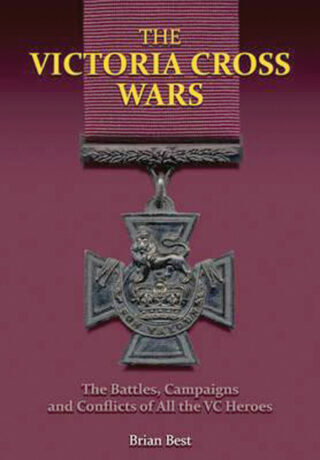 The Victoria Cross Wars: Battles, Campaigns and Conflicts of All the VC Heroes (Brian Best, Frontline Books, South Yorkshire, UK, 2017, 574 pp., photographs, index, $50.00, hardcover)
The Victoria Cross Wars: Battles, Campaigns and Conflicts of All the VC Heroes (Brian Best, Frontline Books, South Yorkshire, UK, 2017, 574 pp., photographs, index, $50.00, hardcover)
Sergeant James Langley Dalton had a career spanning the British Empire. He served a quiet posting in Mauritius before going to Canada to fight Fenians and a rebellion in Manitoba. He retired after 22 years and went to South Africa but soon went back into the service, this time in the Commissariat Department as an Acting Assistant Commissary, equal to a lieutenant. When the Zulu War of 1879 began, he wound up at Rorke’s Drift, a small mission station in Natal. The Zulus attacked the outpost soon afterward, and Dalton was instrumental in convincing the officers in charge to stay and defend it. When the fighting began he picked up a rifle, using it with great effect. Meanwhile, he spoke words of encouragement to the men to sustain their morale. He stayed in the line even after being wounded. For his bravery he was awarded the Victoria Cross, one of only 1,358 given since the medal was created.
Dalton’s story is just one of many in the 61 chapters in this volume, each of which covers a different conflict or part of a larger one, such as World War I and World War II. Within each chapter are the stories of one or more Victoria Cross holders. Some of these campaigns and wars are barely known today, but the author has filled each summary with good detail and extensive background on the actions the soldiers fought and the award of the decoration.
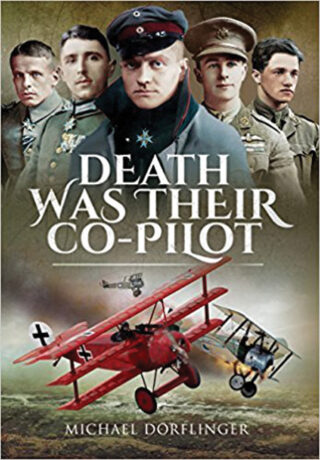 Death Was Their Co-Pilot (Michael Dorflinger, Pen and Sword Press, South Yorkshire, UK, 2017, 208 pp., photographs, appendices, $39.95, hardcover)
Death Was Their Co-Pilot (Michael Dorflinger, Pen and Sword Press, South Yorkshire, UK, 2017, 208 pp., photographs, appendices, $39.95, hardcover)
Major Lanoe Hawker was out to down an enemy plane on July 25, 1915. He had already downed one plane in June. In his Bristol Scout fighter, he scoured the skies looking for targets. About 6 pm he spotted two German planes. Hawker fired a burst across the first, causing the pilot to land his aircraft and surrender. He got onto the tail of the second plane using the setting sun to hide his movement. He fired on the aircraft, which burst into flames. A few weeks later on August 11, he shot down two more enemy planes and became the British Empire’s first fighter ace. Until January 2016 he also was the leading ace of all the warring nations, even though he shared the title with other pilots part of that time.
World War I converted the skies into a battlefield for the first time in history. Daring young men became the first heroes of the new war, engaging in aerial duels and earning the sobriquet of ace. Dorflinger’s work introduces the reader to a number of these aces from both sides of the war. Their exploits, triumphs, and tragedies are all recounted in detail.
Short Bursts
 My Gettysburg: Meditations on History and Place (Mark A. Snell, Kent State University Press, 2016, $29.95, hardcover) This is a scholarly look at Gettysburg that examines its significance and cultural influence. It also includes information on how Gettysburg was used after the war.
My Gettysburg: Meditations on History and Place (Mark A. Snell, Kent State University Press, 2016, $29.95, hardcover) This is a scholarly look at Gettysburg that examines its significance and cultural influence. It also includes information on how Gettysburg was used after the war.
Written in Blood: The Battles for Fortress Przemysl in WWI (Graydon A. Tunstall, Indiana University Press, 2017, $45.00, hardcover) The battles for Fortress Przemysl, which occurred in 1914-1915 on the Eastern Front in World War I, produced more casualties than the Battle of Verdun. It resulted in a staggering 1.8 million Russian and Austro-Hungarian casualties.
On Tactics: A Theory of Victory in Battle (B.A. Friedman, Naval Institute Press, 2017, $29.95, hardcover) A study of tactics as an art form. The book uses numerous historical examples to make its points.
The Imagineers of War: The Untold Story of DARPA, the Pentagon Agency that Changed the World (Sharon Weinberger, Knopf Publishing, 2017, $32.50, hardcover) The research arm of the Defense Department was created during the Cold War to study advanced technologies. This history documents its evolution and explores both the science and politics behind the agency.
The Great War and the Middle East (Rob Johnson, Oxford University Press, 2016, $34.95, hardcover) The author examines the strategic and operational course of the war in the Middle East. The book offers an in-depth look at a frequently overlooked theater of the war.
Images of War: Great War Fighter Aces 1916-1918 (Norman Franks, Pen and Sword, 2017, $24.95, softcover) This is a photobook highlighting various fighter aces from both sides of the conflict. Each image is captioned with extensive background information.
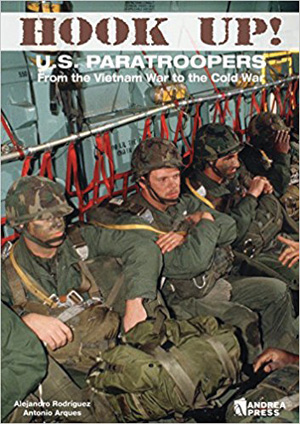 Malice Aforethought: A History of Booby Traps from World War One to Vietnam (Ian Jones MBE, Frontline Press, 2017, $39.95, hardcover) This new work illustrates the ingenious methods soldiers develop to trap their enemies. The author was a British Army expert in bomb disposal.
Malice Aforethought: A History of Booby Traps from World War One to Vietnam (Ian Jones MBE, Frontline Press, 2017, $39.95, hardcover) This new work illustrates the ingenious methods soldiers develop to trap their enemies. The author was a British Army expert in bomb disposal.
The War for Africa: Twelve Months that Transformed a Continent (Fred Bridgland, Casemate Publishing, 2017, $32.95, hardcover) This book presents the story of the Cuban-South African war in Angola in 1987-1988. It uses the accounts of the South African veterans to produce a rich and gripping narrative.
Lake Trasimene 217 BC: Ambush and Annihilation of a Roman Army (Nic Fields, Osprey Publishing, 2017, $24.00, softcover) Hannibal’s defeat of the Romans at Lake Trasimene solidified his position as one of history’s great commanders. This work takes advantage of new archaeological studies of the battlefield.
Hook Up! U.S. Paratroopers from the Vietnam War to the Cold War (Alejandro Rodriguez and Antonio Arques, Andrea Depot USA, 2017, $50.00, hardcover) This coffee table book looks at the history, uniforms, training, and weapons of American paratroopers during the 1960s. It is well illustrated and documented.
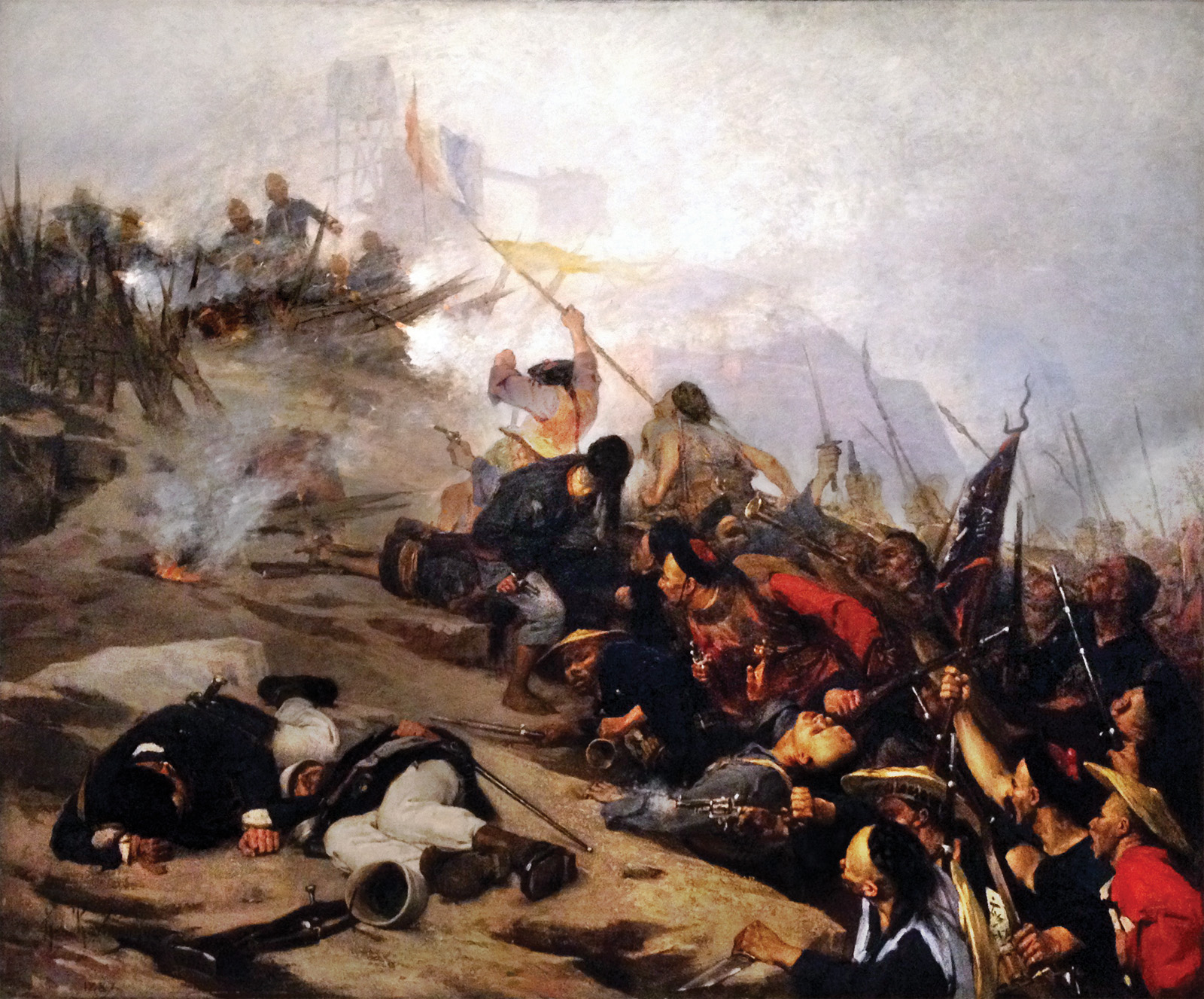
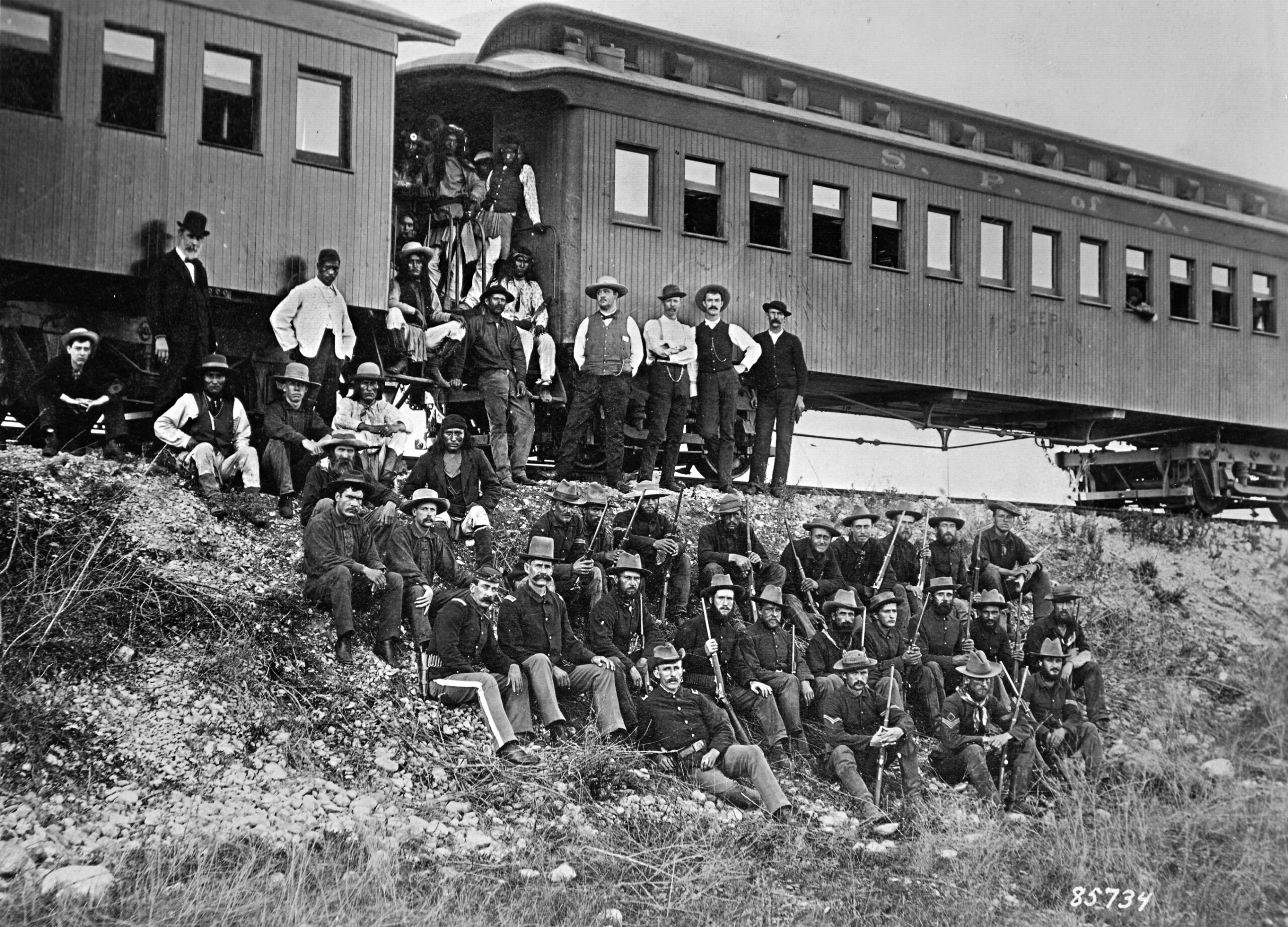
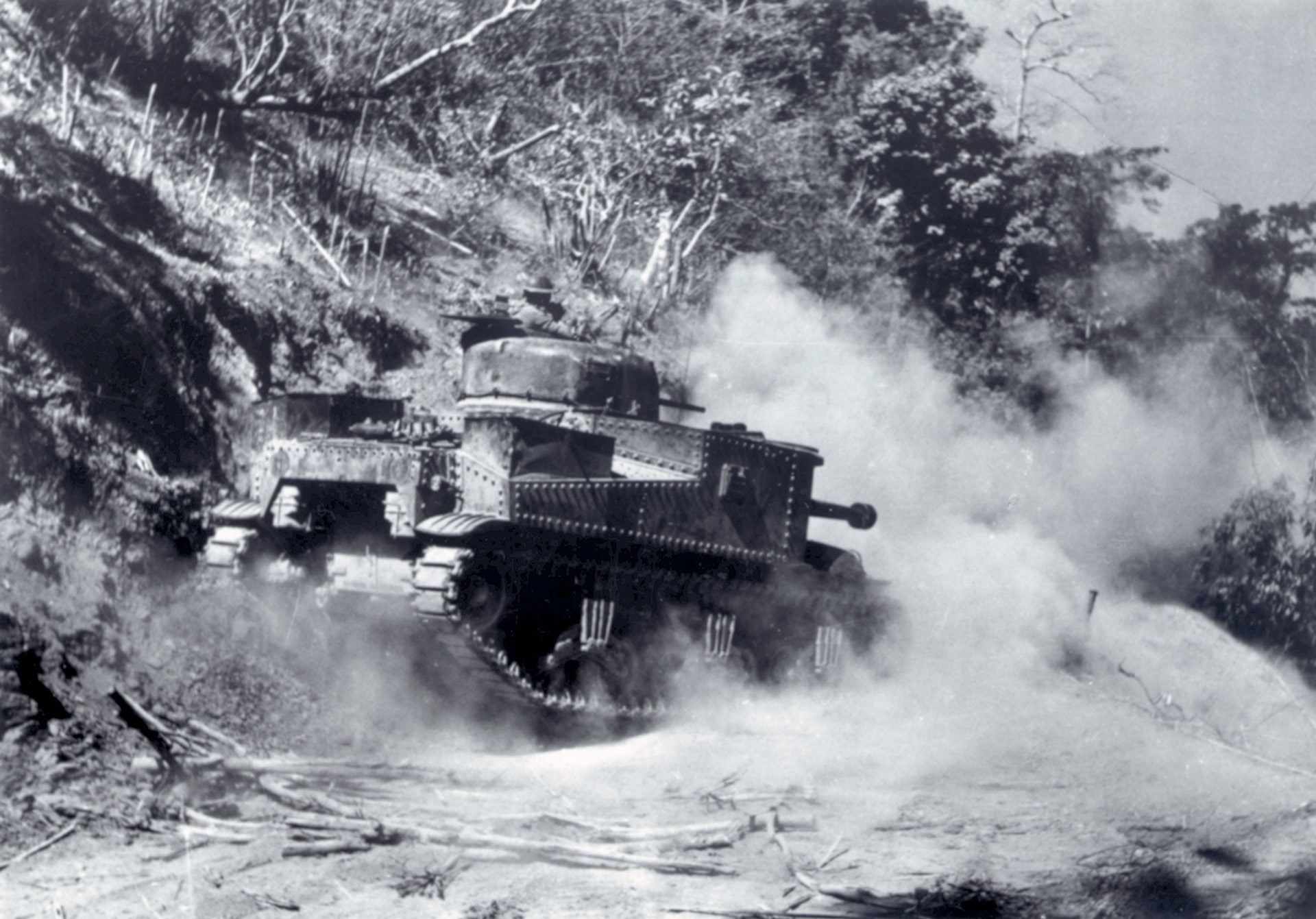
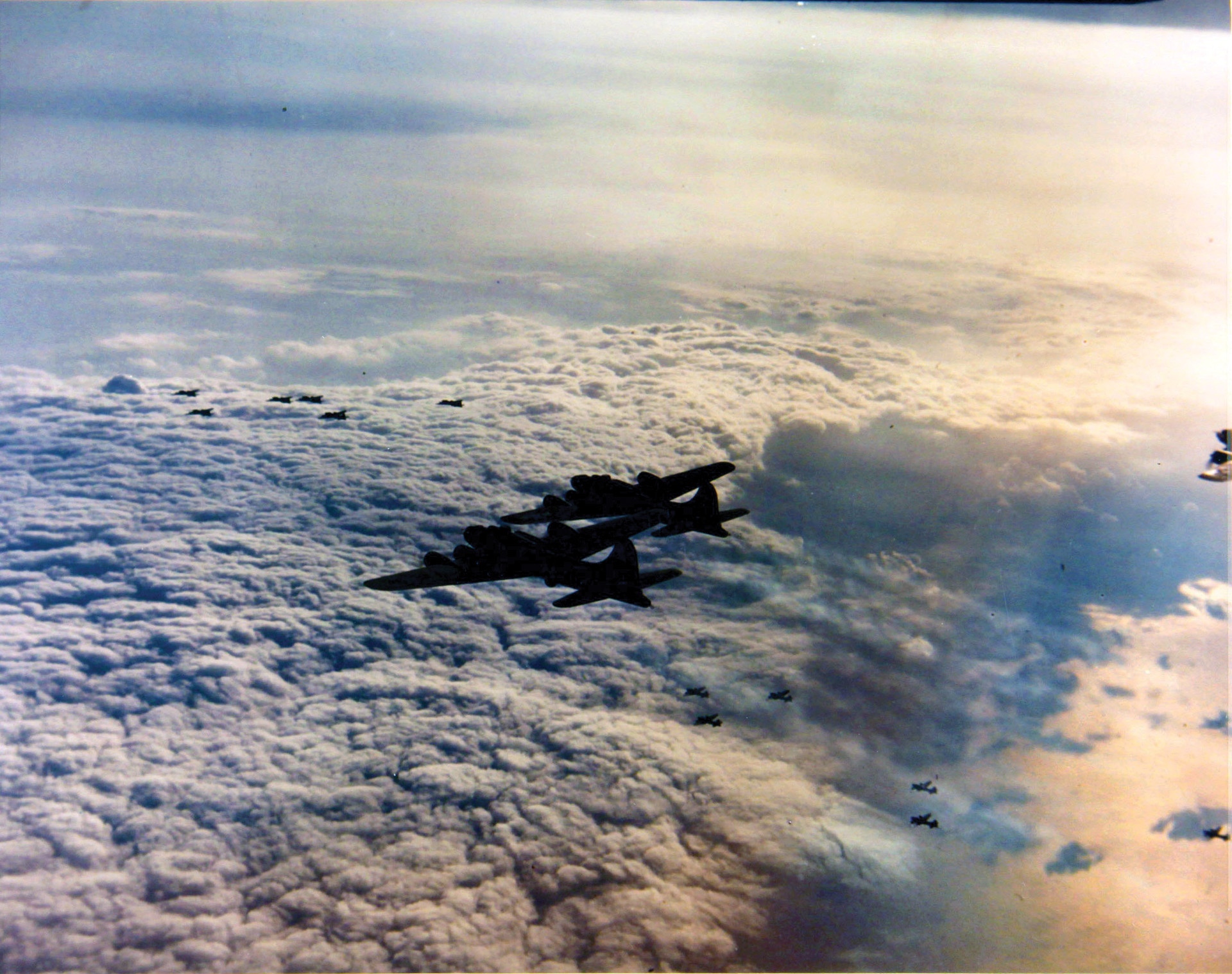
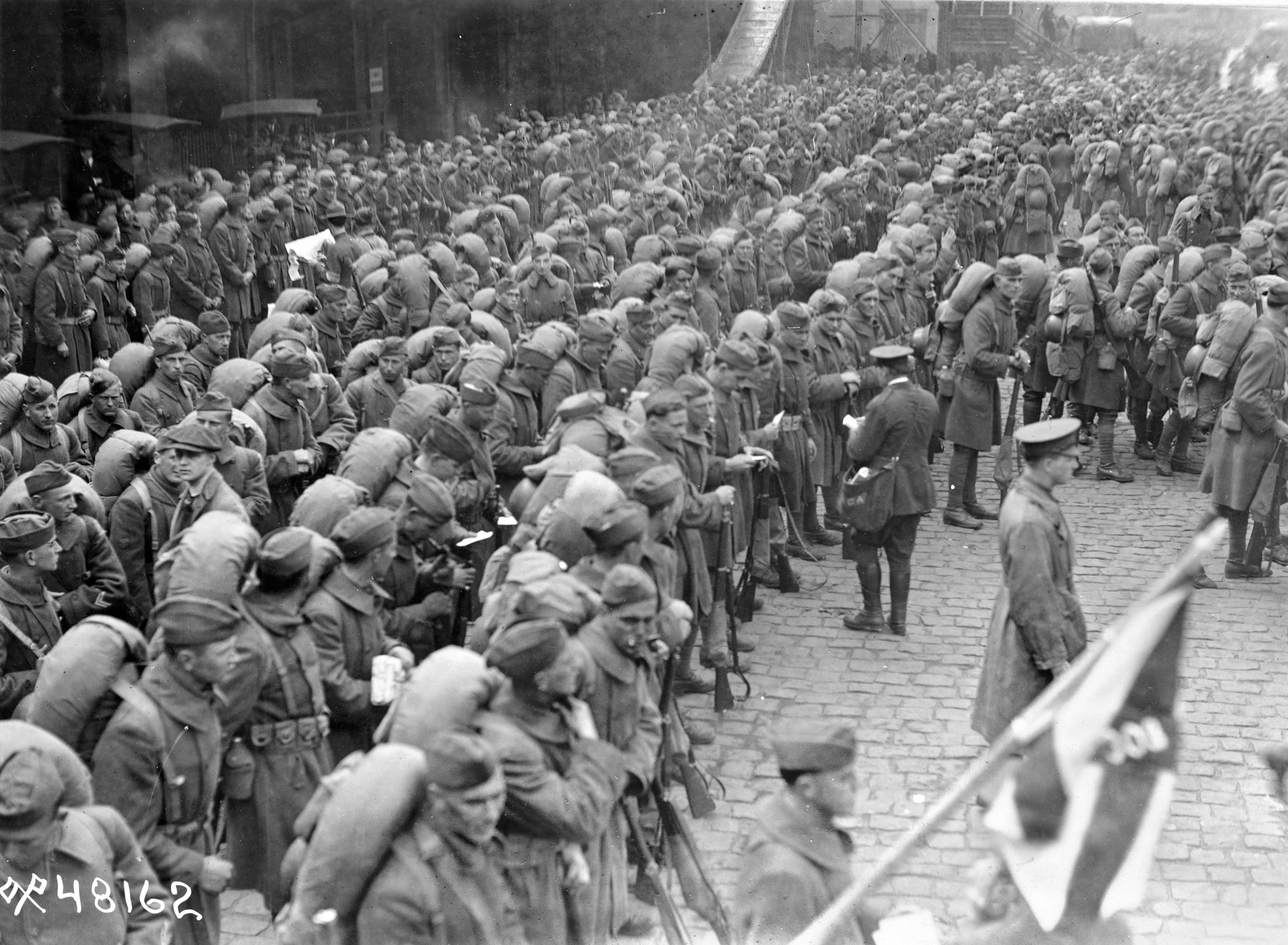
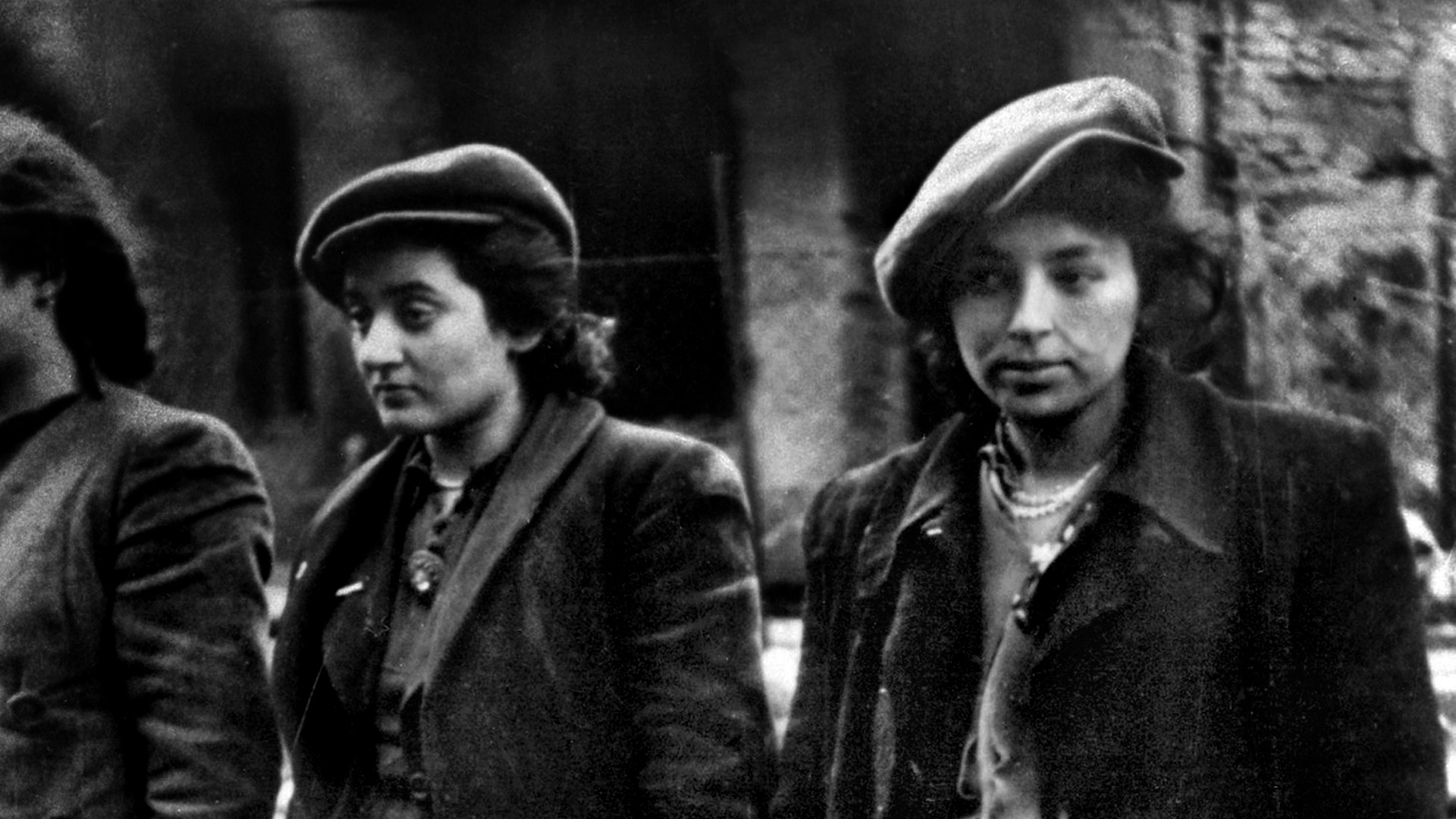
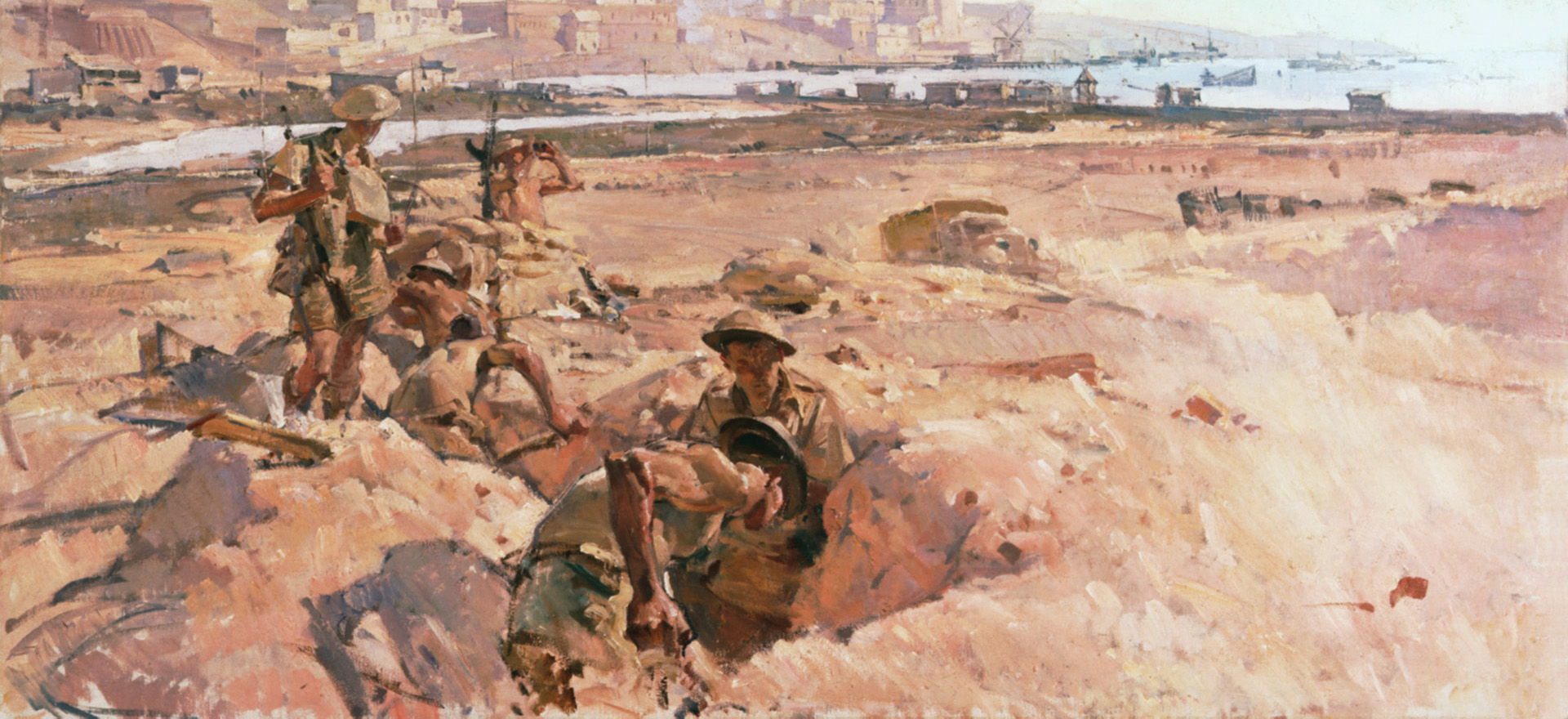
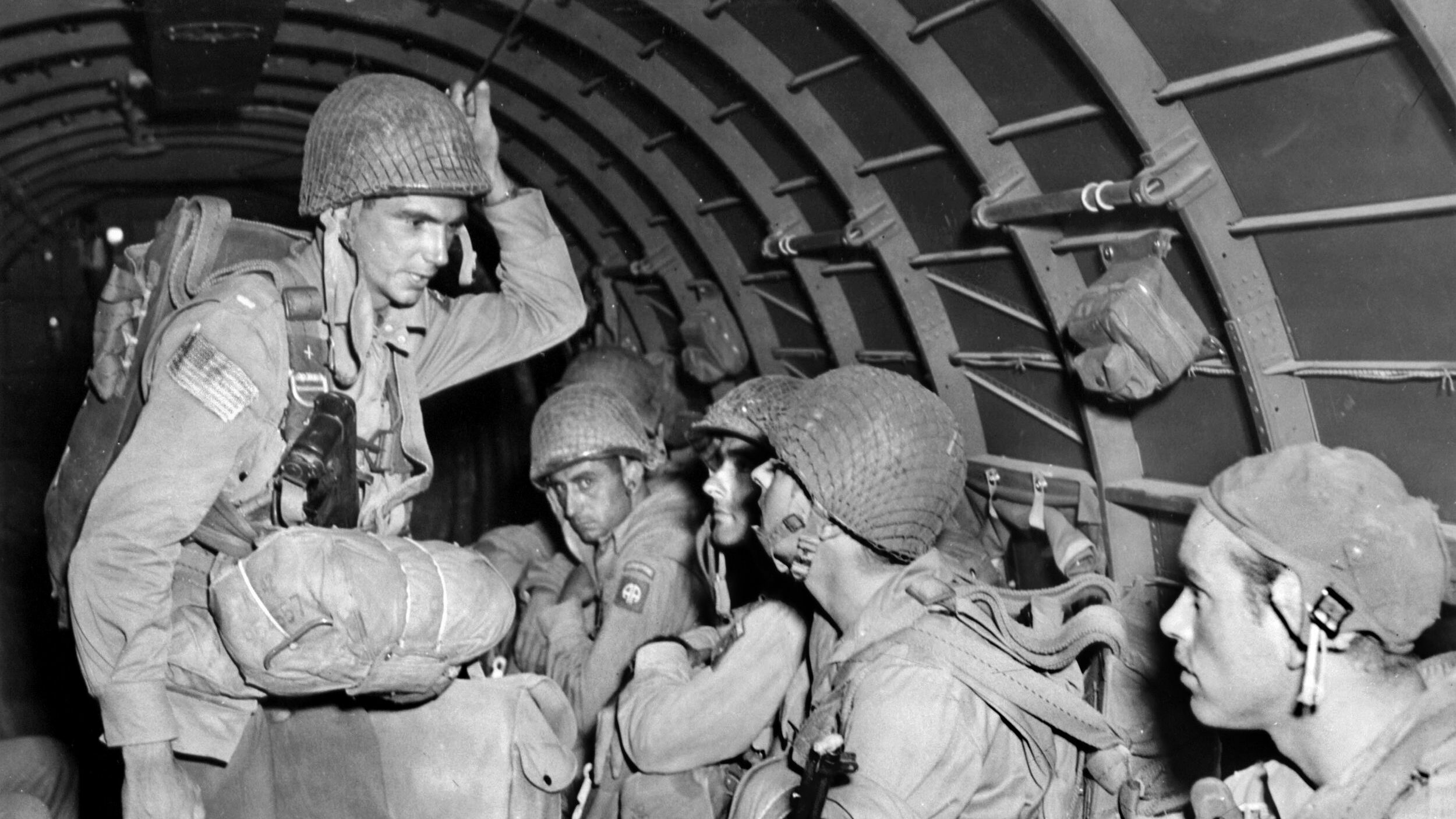

Join The Conversation
Comments
View All Comments